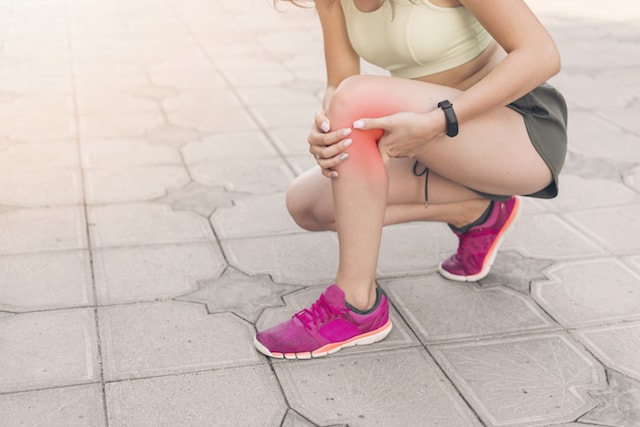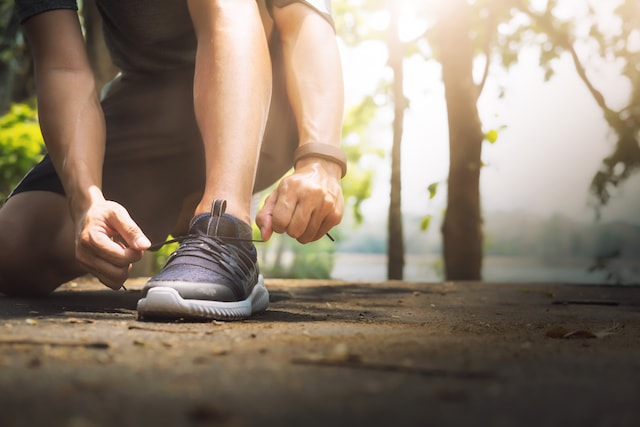Do you enjoy running and exercising, but every time you try training your knees start to feel pain? You likely are experiencing runner’s knee, which is irritation around the kneecap or in the tendons supporting the knee. In order to be able to get back on the track and feeling your best, it’s important to figure out the direct cause so you can finally relieve the pain for good!

Main Conditions Of Runner’s Knee
Runner’s knee is generally diagnosed as one of three main issues. If you have been having prolonged pain it is important to visit a doctor for a formal diagnosis. These three conditions are: irritation of the kneecap, patellar tendonitis, and IT tendonitis.
If your pain feels centralized underneath the kneecap, it is most likely patellar tendonitis, which is irritation to the tendon that connects your kneecap to the shinbone. If your runner’s knee pain is localized on the sides of the knee, it is most likely tendonitis in your IT band, which runs along your outer thigh from the pelvis to shin.

The Causes For Runner’s Knee Pain
If you feel any of the above problems, your next question is likely what is causing this pain. The most common reason people start to have runner’s knee is from overtraining. This can be from increasing your mileage or the intensity of your workouts before your body is ready for it. Additionally, your runner’s knee could be attributed to a weak core or lack of flexibility, both of which can cause you to put more strain on your knees.
How To Cure The Pain
The method for best curing runner’s knee is largely determined by how intense the pain is. If you are only feeling slight soreness, you can try icing the knee and using anti-inflammatories as a short term solution. However, if the pain continues to increase, you should think about taking one to two weeks off in order to rest and avoid any potential injuries. Otherwise, a runner’s knee can turn into worse issues such as shin splints and stress fractures.

How To Prevent The Pain
First and foremost, you should always be running with the proper shoes. Doctor’s recommend getting a new pair of running shoes every 300 miles. This mileage additionally includes any time you spend walking in your shoes doing daily activities. You’d be surprised by how quickly the numbers add up!

You should also avoid a sudden increase in training. Gradually implementing more miles and different exercises into your routine is the best way to prevent injury so your body adapts properly. Finally, you should also implement some strength and flexibility exercises several times a week to have proper cross-training. This will assist in distributing the stress on your body when running, so it doesn’t centralize in your knees.
Photos: Freepik and Pixabay
